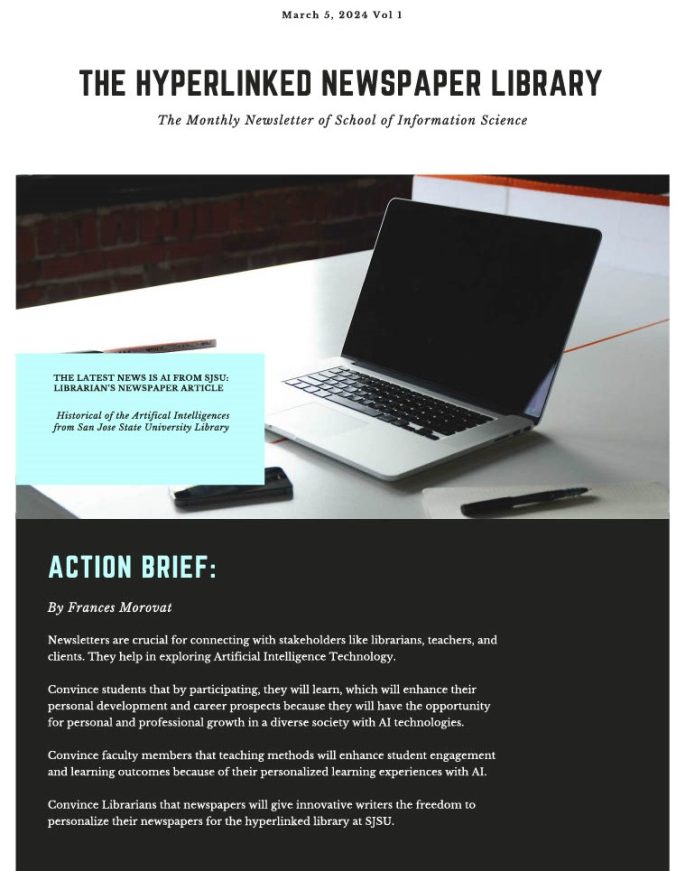I want to share this “Unique Mobile Libraries.” Let’s sail with a boat library or small “Booktruck in Italy.” Sharing different countries, cultural diversity, and environment is a special YouTube of the week. I would like to thank everyone, who shares a special participation for this course. It has been a wonderful journey with future librarians. I wish you the best of luck in your journey to sail across this beautiful world.
Info 287 Integrating AI Technologies into Library Systems A Path to the Hyperlinked Library.pptx
“The Hyperlinked Library.” Just like this innovative concept transforms the traditional library into a dynamic, interconnected space, I strive to bring creativity and adaptability to every aspect of my life. My journey as an individual is characterized by a constant thirst for knowledge and a passion for leveraging technology to foster meaningful connections. Just as the hyperlinked library embraces collaboration and new ideas, I believe in the power of collaboration and its limitless possibilities. With a strong foundation in my skills and a genuine enthusiasm for learning, I am excited to embark on new adventures and discover new horizons. Together, let us navigate the vast ocean of knowledge and create our own hyperlinked narrative that weaves together a tapestry of ideas and experiences.
Hi, Colleagues,
“I hope you will enjoy this presentation. It can be a long journey to the Hyperlinked Library. Personally, I’m a tech enthusiast and enjoy fixing all kinds of inventions. I also love reading, especially about history and genealogy. Comics are also a great source of entertainment for me, and I often read them from newspaper articles. The Hyperlinked Library has opened my eyes to the future and I’m excited about the promise it holds for the future.” Best of Luck, Congratulations to the Class of 2024!
The Hyperlinked Library Lifelong Learners is a dynamic participatory learning program that empowers library users of all ages to engage in continuous learning and personal growth. Through workshops, resources, and community events, participants will explore various topics and develop essential skills to thrive in an ever-changing world. I want to draw your attention to ten simple ways to embrace lifelong learning with interactive video to explore a talented person who shares information with an intended audience; we never stop learning and provide good sharing ideas. It is never too late to learn anything you want. Sharing information allows us to bring joy, laughter, and surprise, like a candy box that pops up with all kinds of confetti paper in different colors. Forest Gump’s life is like a box of chocolate; you never know what you’ll get. I like to think that lifelong learning can be a mystery of reading sessions with participants and that special events such as book clubs, maker fairs, and guest lectures provide opportunities for networking and sharing ideas. This video provides valuable insights and practical knowledge about art and mental wellness, especially a growth mindset. Dweck’s writing is based on the belief that your essential qualities are things you can cultivate through effort (Dweck, 2021). LaNasa & Leyden write, How to Embrace Being a Lifelong Learner! We can embrace lifelong learning by having a reasonable curiosity, adaptability, and self-improvement mindset in our environment. Set some goals or strategies to help our world embrace lifelong learning with librarians: Let’s share the ten ways to learn together for lifelong learners.
1). Stay Curious—Discover your world, ask questions, and be willing to speak about what interests you.
2). Learning Goals: Define what you want to learn and set simple goals because you won’t be disappointed to learn a new skill or focus on your goal, like walking and riding a bike.
3). Keep track of your goals: Schedule engaging activities that stimulate your mind, such as reading, watching educational videos, attending seminars or workshops, or joining groups.
4). Feedback Comment: Have a secret box with a piece of paper to share your feedback comments. We can learn constructive criticism and use it to improve ourselves. Avoid using bad language because we want to learn, not negative words.
5). Embrace your Failure: When we understand that failure is a natural part of the learning process. Instead of viewing setbacks as obstacles, see them as opportunities to learn and grow. Analyze what went wrong, adjust your approach, and keep moving forward.
6). Experimental or Explore: Don’t hesitate to step out of your comfort zone and try new things. Allow yourself to explore your world to discover new interests and talents while expanding your skill set.
7). Stay informed: Engage with different reading materials, research, and engage with experts and thought-provoking leaders.
8). Seeking Diverse Perspectives: Learn various viewpoints and perspectives by learning to discuss with people from different cultures or backgrounds with good disciplines to broaden your understanding of the world.
9). Express your knowledge with Technology: Leverage the power of technology to facilitate your learning journey. Use online courses, educational apps, podcasts, and other digital resources to access information anytime, anywhere.
10. Share Your Technology: Teach others what you’ve learned. Sharing your knowledge not only reinforces your understanding but also contributes to the growth and development of others.
By embracing a participatory and evolving approach to lifelong learning, Librarians can be empowered to share their insights, knowledge, and experience with the world.
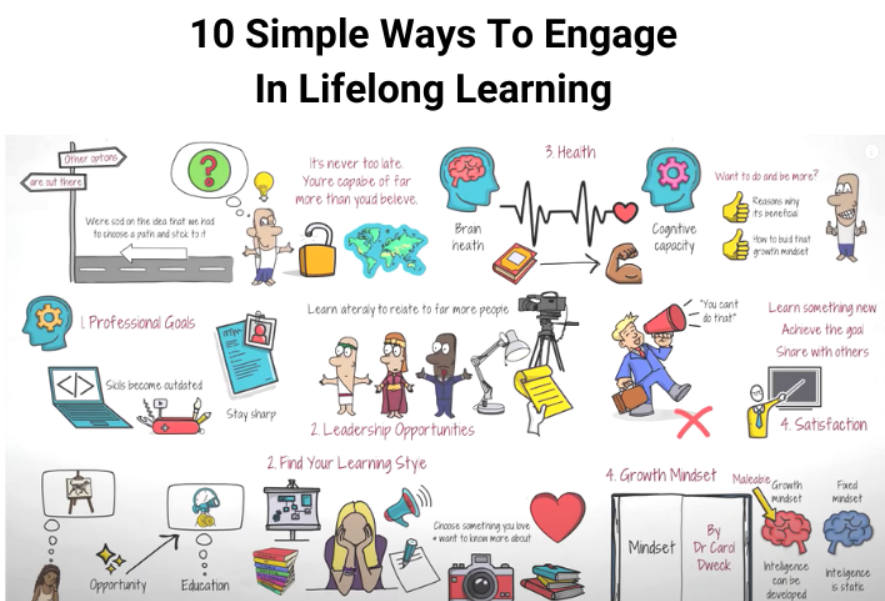
Dweck, C. (2021, February 5). Carol Dweck: A summary of growth and fixed mindsets. Farnam Street. https://fs.blog/carol-dweck-mindset/
LaNasa, M. L. (Ed.). (2020, August 16). How to embrace being a lifelong learner. YouTube. https://youtu.be/cqRoGpSGFwk?si=meghOe4c5o0uPXaj
Leyden, A. (Ed.). (2022, March 13). 10 simple ways to engage in lifelong learning. TeachThought. https://www.teachthought.com/learning/10-simple-ways-to-engage-in-lifelong-learning/
Staff, T., & About The Author (2022, March 13). TeachThought Staff TeachThought is an organization dedicated to innovation in education through the growth of outstanding teachers. 10 simple ways to engage in lifelong learning. TeachThought. https://www.teachthought.com/learning/ways-to-engage-in-lifelong-learning/
The Digital Storytelling of the Hyperlinked Library Center:
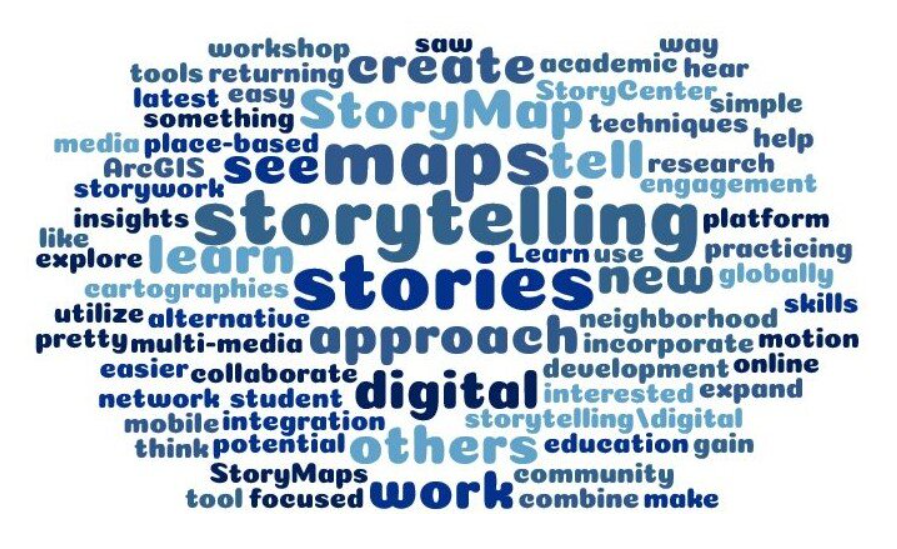
Multimedia: The use of various media types, such as images, videos, audio, and text, to convey a story effectively.
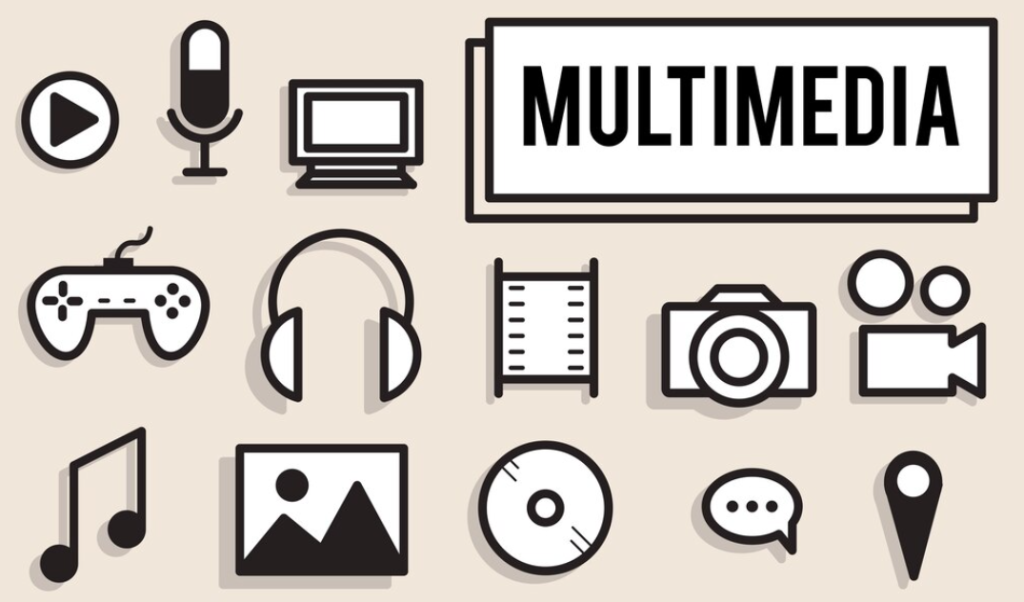
Figure 2: Rawpixel.com. (2018, July 17). Free vector: Illustration of technology vector. Freepik. https://www.freepik.com/free-vector/illustration-technology-vector_2605721.htm
Narrative Structure: Crafting a compelling narrative that engages and guides the audience through the story.
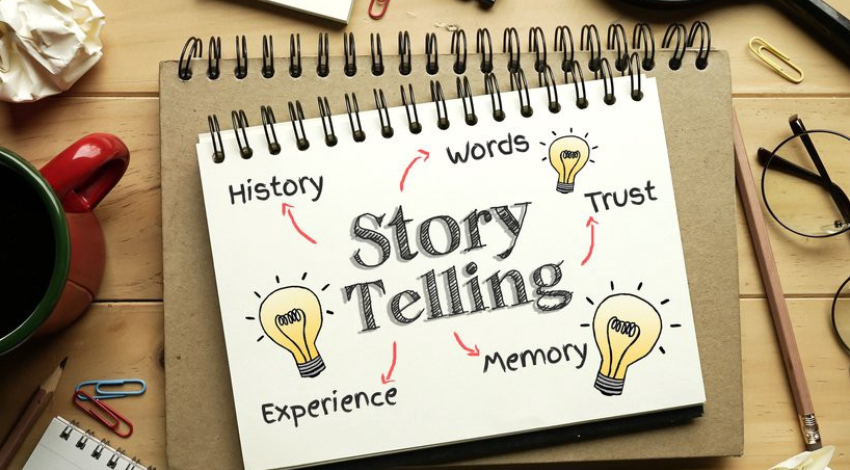
Figure 3: James. (2021, April 15). What is storytelling in simple terms? smC2018. https://www.smc2018.org/what-is-storytelling-in-simple-terms/
Interactivity: Allowing viewers to interact with the story by choosing different paths or outcomes.
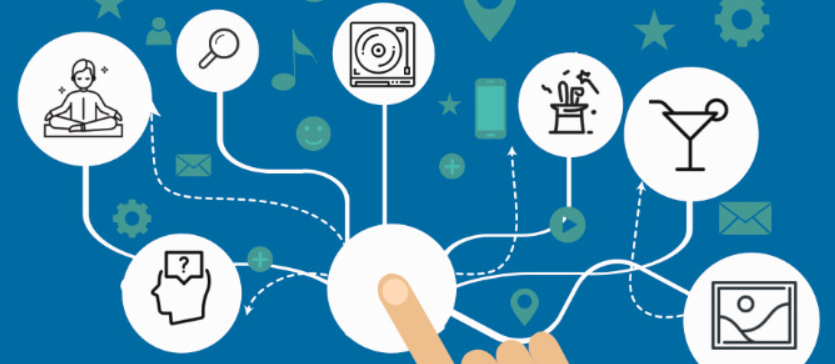
Figure 4: Edgar, D. (2021, June 28). 7 interactivity pillars for virtual events. VenuIQ. https://venu-iq.com/7-interactivity-pillars-for-virtual-events/
Audience Engagement: Creating content that resonates with the audience on an emotional level and encourages participation and feedback. “StoryMap” is a powerful digital storytelling tool that allows users to create interactive maps with multimedia content. The Hyperlinked Library Center with StoryMaps enables storytellers to combine maps with narrative text, images, and videos to present visually engaging and spatially relevant information. Users can guide their audience through a journey by integrating location-based data with storytelling elements, providing context and depth to their narratives. StoryMaps are valuable for various applications, including educational projects, journalistic storytelling, cultural heritage preservation, and more. (below picture):
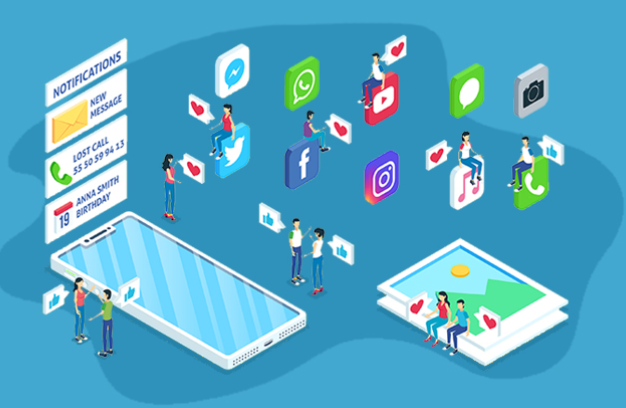
Figure 5: Barkett, B. (2019, August 29). 10 ways to engage your audience and boost engagement. aimtell. https://aimtell.com/blog/10-ways-engage-audience-boost-engagement
The Reading storytelling mapping for the Hyperlinked Library Center has some exciting stories to tell by researchers, experts, and patrons:
Lambert assists storytellers in grasping the core elements of dynamic digital storytelling—from conceptualizing the narrative to crafting it and ultimately sharing it. In this fourth edition, readers will encounter fresh insights into the practical applications of digital storytelling alongside updated appendices offering valuable resources for aspiring digital storytellers. As I read the website, I found that the digital storytelling resources include details on past and ongoing projects associated with the Center for Digital Storytelling with the Hyperlinked Library and exploring place-based storytelling—a narrative engagement to comprehend experience and social media platforms. Additionally, a companion website enriches the entire storytelling process. It will be the significant research in educators, librarians, businesses, artists, and writers who are engaging in endeavors that have modernized the perspectives of community activists, educators, health and human services agencies, business professionals, and artists regarding storytelling, media, culture, and the influential role of personal voice in effecting change. For those eager to embark on the journey of multimedia storytelling, “Digital Storytelling” serves as an essential starting point(Lambert, 2018).
Admin. (2024, January 29). StoryCenter geolocation projects. StoryMapping. https://wp.story-mapping.org/
Caquard, S. (2013). “Cartography I: Mapping narrative cartography,” Progress in Human Geography, 37(1), 135-144.
Hill, A. (2021, August 27). Stories in motion: How stories shape our relationship with space. https://www.storycenter.org/storycenter-blog//stories-in-motion-how-stories-shape-our-relationship-with-space
Lambert, J.; Hessler, B. (2018). Digital Storytelling: Capturing Lives, Creating Community. Milton.
Szukalski, B.; Carroll, A. (2020). The Myriad Uses of StoryMaps. https://storymaps.arcgis.com/stories/1b38cf02f39849478d3123dcd9465022
Recommended Reading Materials:
Chancellor, R., & Lee, S. (2016). “Storytelling, oral history, and building the library community,” Storytelling, Self, Society, 12(1), 39-54.
Moenandar, S.-J.; Wood, L. (2017). “Stories of Becoming. The Use of Storytelling in Education, Counselling and Research.” Nijmegen.
Ricoeur, P. (1986) “Life. A Story in Search of a Narrator,” in Doeser, M.C.; Kraay, J.N. (Hrsg.), Facts and Values. Dordrecht, 425-437. = 19.
**Please note this reflection is based on Storytelling people who share their stories with librarians

As my spring semester progresses, and I am close to graduation this year, I want to reflect and explore as an Information Professional specialist in historical International Learning who enjoys learning about different manuscript collections, records, and media stories from the” global model” with information communities. MILS: Future Librarians have always enjoyed learning about exciting adventures through international social networking stories.
In my reflection, the global image is international learning, with the World’s Magnificent Libraries being media stories told worldwide with great stories to tell. Information communities can collect historical facts that help us learn about different countries with beautiful libraries from Ireland, China, New York, Alaska, Germany, and the Library of Congress. What can we learn from this media’s most magnificent libraries? We can share our world with much information on social media literacy from videos, the internet, presentations, technology, and great stories from other libraries.
How many libraries we share can be their culture, planet earth, artifacts, pictures, collection of animal maps, and music. Ireland is a famous historical treasure collection with great poets and philosophers, and it has the oldest newspaper copies of the 1916 (IRA) proclamation of the Irish Republic from the Trinity Library in Dublin since 1592. It remains the most famous, most extensive library in the country. The long room is an outstanding area called the long hall, one of the oldest books records in history. Hong Kong has an uncharted dream library filled with infinite reflections on stars, a circle world, and the shape of a globe next to a shopping mall.
The library is a “virtual dream world” that reflects the storytelling adventure. The black floor is one of two distinct elements. The mirror’s design creates the illusion of a mirage meant to symbolize water and stars with lights, which has a long history of Yong-jo culture. In the past, famous authors and poets gathered around the village (Chinese town). Secondly, the distinct element represents the innovative social connection between place, people, and books by reading different Chinese authors and creating a space for the next generation of readers. So, let’s call the New York public library to speak to the librarian over the phone, and a librarian will answer the question about specific types of Google cats called the Clowder of Cats.
CASTANET. (2020, January 11). Chowder the Cat. YouTube: https://youtu.be/yz5R0nT2Bt8
The New York Public Library department has been answering telephone calls since 1967. Rosa Caballero, the library manager, discussed how we started to ask questions over the telephone. We begin to answer our questions; the New York Public Library records how many telephone questions are on file. Wow, what an interesting idea to keep records of all the issues they received at the New York public library. Can you guess how many items are on file? The excellent inside story is about an expert from Germany who shows how we can smell worldwide. Tolas is an artist, scientist, and smell expert on how it can be used to understand the world and each other better.
What are lovely, great stories to tell about our famous Library of Congress in the U.S.A.? Let’s learn about the Library of Congress! The love of traveling to different countries with a different style of libraries that tell us their unique stories with China’s beautiful library creates the illusion of a mirage with great poets telling stories about their people, culture, and music. Ireland, my natural identity heritage family trait, has a long history with a famous poet-writer.
My next travel will be to London, England, and how interesting it is to read, write, and learn about their ancient history back to the time of great kings and queens.
I hope you enjoy this blog post about the “great stories” to learn about magnificent libraries.
The World’s Most Magnificent Libraries(2017).https://www.youtube.com/watch?v=PeLoyrDqL_A
San Jose State University Headline News: The Future of Libraries: Hyperlinked Technology and AI Revolutionize the Library Experience
In today’s fast-paced digital age, libraries are evolving to meet the changing needs of their patrons. One such innovative approach is implementing hyperlinked technology and artificial intelligence (AI) to enhance the library experience.
We look back to “the good old days” of browsing through the shelves of books to find the information you need. The hyperlinked library with SJSU allows patrons to access a wealth of resources through interconnected digital platforms. Whether researching a topic, accessing digital archives, or attending virtual events, the hyperlinked library sharing with SJSU newsletters offers a seamless experience that caters to its users’ diverse needs.
However, the real game-changer in this evolution is the integration of AI technology. AI is revolutionizing how patrons interact with library services, from chatbots that assist users with research queries to personalized recommendations based on reading preferences. With AI algorithms constantly learning and adapting to user behavior, the library experience is becoming more tailored and efficient.
Librarians are also leveraging AI technology to improve backend processes, such as cataloging and indexing, freeing valuable time to focus on providing more personalized services to patrons. Through AI-powered analytics, libraries can gain valuable insights into user behavior and preferences, allowing them to tailor their services better to meet the needs of their community.
As we look toward the future of libraries, it’s clear that integrating hyperlinked technology and AI will play a crucial role in revolutionizing how we access and engage with information. The hyperlinked library is not just a physical space but a dynamic digital hub that connects users to a wealth of resources and opportunities. With AI technology leading the way, librarians are poised to provide a more personalized, efficient, and interactive experience for patrons in the digital age.

The concept of the hyperlinked library sponsors with San Jose State University envisions libraries as dynamic and interactive spaces that use technology and participatory service models to engage with their communities. By focusing on co-creation, collaboration, and user engagement, the hyperlinked library adapts to the changing needs of library users in the digital age. By promoting user-driven experiences and a culture of experimentation and innovation, the hyperlinked library becomes more responsive and relevant, ultimately fulfilling its mission of providing information access, promoting lifelong learning, and fostering creativity and exploration within the community. By involving patrons in decision-making, welcoming suggestions, and encouraging participation, the library can gather valuable feedback, enhance inclusivity, and strengthen ties within the community, creating a collaborative and supportive environment(Ai-Pro, 2024).
Faculty Members:
Action Brief II: Promote SJSU’s partnership with AI technology for the hyperlinked library to digital newspaper readers, highlighting the platform’s innovative features and benefits for enhanced user experience. Following this comprehensive plan, the digital newspaper can effectively promote the hyperlinked library with AI technology to readers, raising awareness about the platform’s innovative features and benefits for an enhanced library experience.
The hyperlinked library with the SJSU newsletter is the fastest-growing AI technology. It provides participants with hands-on learning experiences to understand applications with strong capabilities and learn about AI systems like machine learning.
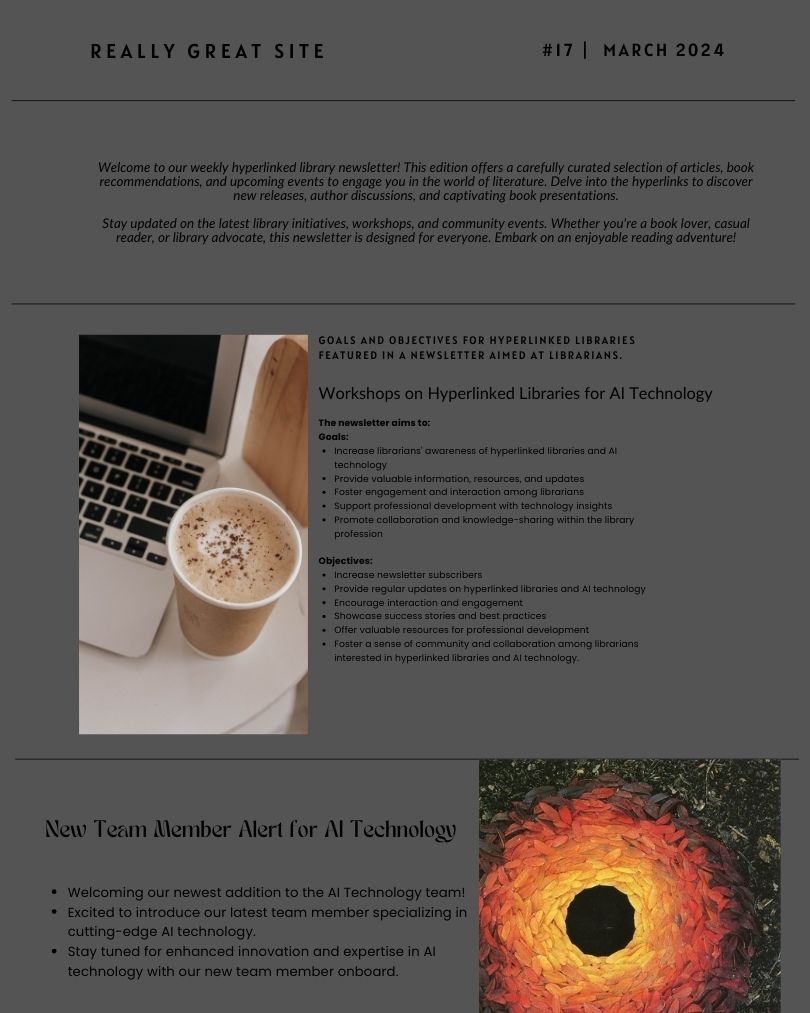
Where did you find inspiration?
The hyperlinked library sponsor’s San Jose State University inspired me to start a newsletter with interesting stories related to AI technology with tutoring writing skills and share relevant links to websites or newspaper articles related to technology from other institutions to keep librarians informed about the latest trends(Ai-Pro, 2024).
How will the initiative be marketed?
The marketing strategy for the hyperlinked libraries with the San Jose State University newsletter for librarians involves launching a campaign to generate excitement, using targeted email marketing, collaborating with other organizations, and utilizing social media for promotion. They also integrate the newsletter on their website, create engaging content, promote in person, offer incentives, display positive testimonials, and track analytics. This multi-faceted approach aims to increase subscriber engagement and cultivate a loyal readership interested in staying current on technology trends and innovations in the library field (Ai-Pro, 2023).
What will staff need to know, or what training will be required?
The new team members will need to know how the AI technology works, how to operate it, and how it can enhance their daily tasks. Training will likely be required on subjects such as data input, troubleshooting common issues, and understanding the capabilities of the AI software. Staff need to be proficient in using AI technology to maximize its benefits and improve their efficiency in serving library patrons.
How will the initiative be evaluated and/or expanded?
To evaluate the effectiveness of the AI technology, benchmarks and performance metrics can be established, such as response time for retrieving information, the accuracy of search results, and user satisfaction surveys. Success stories about how the AI technology has improved efficiency, customer service, and access to information can be shared in the library newsletter and other promotional materials.
In the future, AI technology can be expanded by incorporating additional features, upgrading software, or integrating it with other library services. Regular evaluations and feedback from staff and users can help identify areas for improvement and opportunities for expansion. Training sessions and assessments should be scheduled in advance to ensure minimal disruption to library operations.
The Roadmap to the Hyperlinked Library with SJSU Newspapers………………….
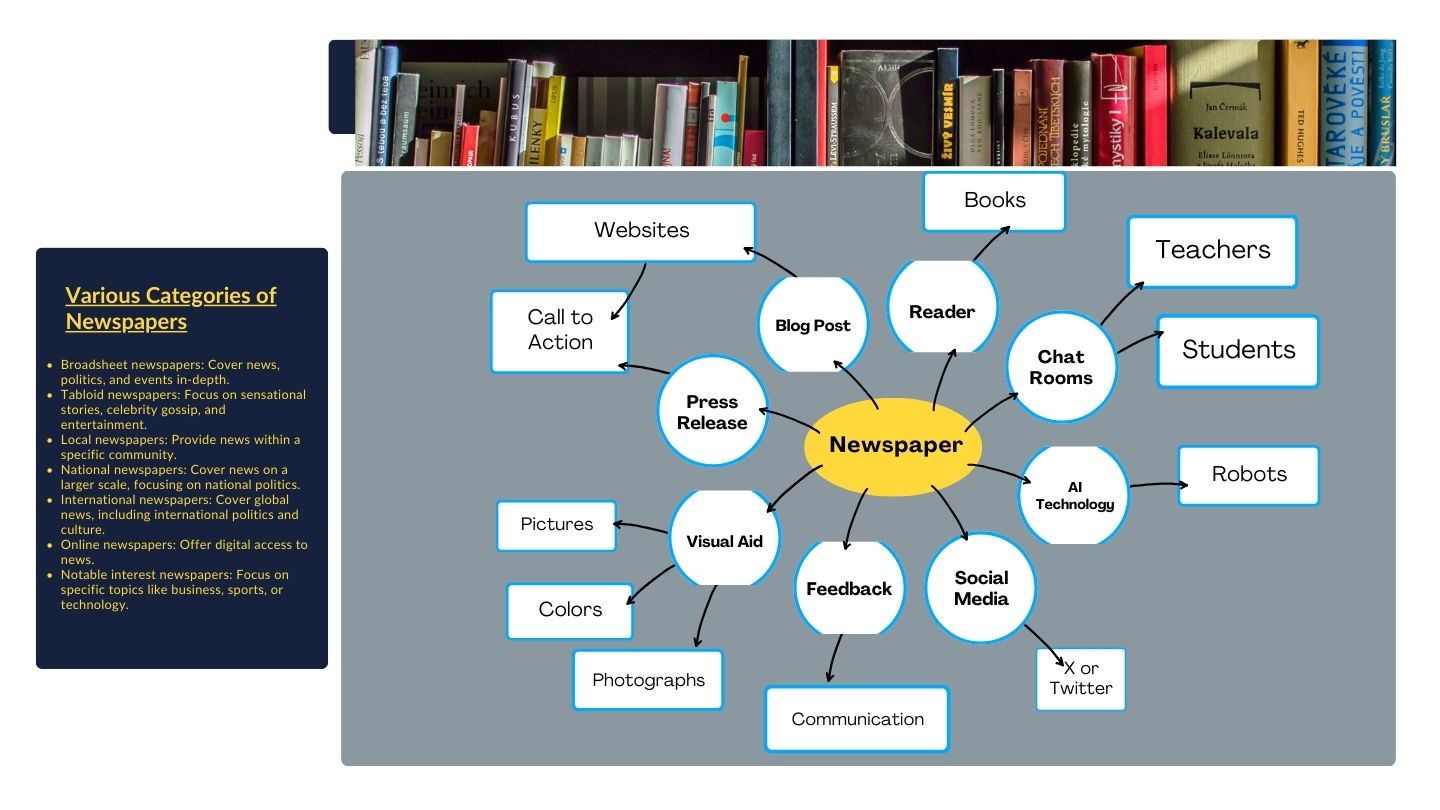
References:
Create amazing websites with the OpenAI website builder. Unicorn Platform 🦄 AI Website Builder for Busy Founders. (2023, May 10). https://unicornplatform.com/blog/create-amazing-websites-with-the-openai-website-builder/
Free design tool: Presentations, video, social media | CANVA. (2024). https://www.canva.com/
Ai-pro.org. Chatbot Pro. (2023). https://chatpro.ai-pro.org/chat/new
*** Please note that Ai-Pro helps students with tutor writing with corrections for good writing skills.
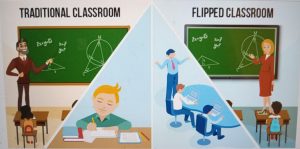
Mohanty, R. (2020, May 18). Traditional classroom vs. flipped classroom. Medium. https://medium.com/lecturenotes-in/traditional-classroom-vs-flipped-classroom 2e5c15acb4f2
The effectiveness of flipping education versus traditional education in hyperlinked academic libraries can depend on various factors, including the learning objectives, student preferences, and instructional strategies utilized. Here are some considerations comparing the effectiveness of these two approaches:
Flipping Education in Hyperlinked Academic Libraries:
- Active Engagement: Flipped education encourages student engagement through pre-class activities such as watching videos, reading materials, and completing online exercises. This can lead to a deeper understanding and retention of the material.
- Personalized Learning: Flipped classrooms allow students to work independently, revisit content as needed, and receive more individualized instruction and educator feedback.
- Collaborative Learning: Flipped education in hyperlinked academic libraries can promote collaboration, discussion, and peer-to-peer learning during in-person class sessions, enhancing student communication and teamwork skills.
- Access to Resources: Hyperlinked academic libraries provide students with easy access to a wide range of digital resources and research materials that can supplement and enhance the flipped learning experience.
Traditional Education in Hyperlinked Academic Libraries:
- Structured Learning Environment: Traditional education in hyperlinked academic libraries provides a structured learning environment with clear learning objectives, lectures, assignments, and assessments, which can benefit students who prefer a more traditional approach to learning.
- Immediate Feedback: In traditional classrooms, instructors can provide real-time feedback and clarification during lectures and class discussions, which may help students better understand complex concepts.
- Familiarity: Some students may be more comfortable with traditional instructional methods, such as in-person lectures and physical textbooks, rather than relying on online resources and videos for learning.
In conclusion, the effectiveness of flipping education versus traditional education in hyperlinked academic libraries ultimately depends on students’ and educators’ specific needs and preferences. Flipped education can promote active learning, collaboration, and personalized instruction, while traditional education provides structure, immediate feedback, and familiarity for some students. By incorporating best practices from both approaches and leveraging the resources available in hyperlinked academic libraries, educators can create a dynamic learning environment that meets students’ diverse needs and promotes effective learning outcomes.
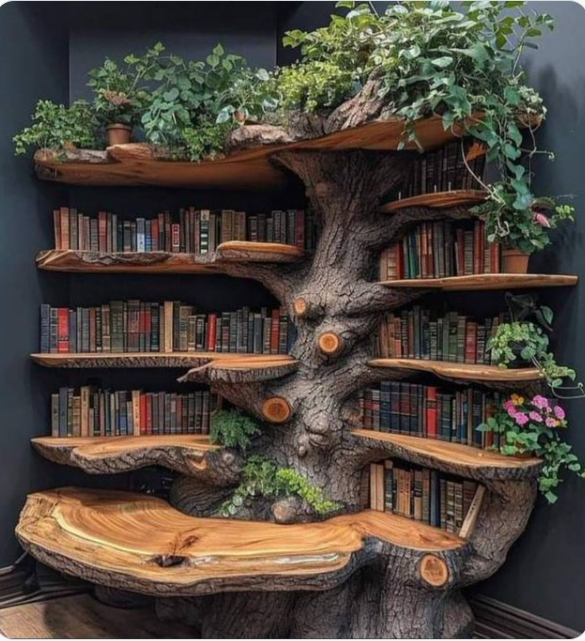
The Hyperlinked Community:
What defines a sense of belonging to the community at the Hyperlinked Library?
Several key factors define a sense of belonging to the community at the Hyperlinked Library:
Firstly, inclusivity and diversity play a significant role. The community should embrace individuals from various backgrounds, cultures, and perspectives, fostering an environment where everyone feels accepted and valued.
Secondly, we can see that participation and engagement among community members are essential. Encouraging participation through various means, such as discussions, collaborative projects, and shared decision-making, empowers individuals and strengthens their sense of belonging.
Thirdly, the Hyperlinked Library emphasizes transparency and open communication. Community members should have access to information, discussions, and decision-making processes, making them feel informed and involved in the community’s affairs.
Furthermore, building connections and fostering relationships is crucial. Creating networking, mentorship, and collaboration spaces enables community members to establish meaningful connections with others who share similar interests, goals, or aspirations.
Additionally, the Hyperlinked Library should provide learning, growth, and personal development opportunities. Offering resources, workshops, and skill-building initiatives supports individuals in advancing their knowledge and expertise, enhancing their sense of belonging.
Lastly, recognition and appreciation are vital in fostering a sense of belonging. Celebrating achievements, acknowledging contributions, and expressing gratitude towards community members strengthens their connection and motivates continued engagement.
Nickolson explains, how, why, and when we belong to our community. We share, learn, and express our thoughts, voice, joy, and sadness for every season, and belonging to our groups brings out the best in all of us.
Nickolson, J. (2019, April 25). Belonging in the community. YouTube. https://www.youtube.com/watch?v=E0qoIh84FX0
Block, P. (2009, July 22). Community: Structure of belonging 1/3. YouTube. https://www.youtube.com/watch?v=CwahGcEiAr0&t=50s
Block finds great use with words like “citizen” and “community.” He likes speaking about terms understood just as well by those who want to create belonging in any organization. The word “community” is belonging. A word that carries several significant meanings. We pick a place to live, and we belong to a specific area, and we define it as part of our lives, and we share part of the community with membership in a particular organization. We want to have a deep purpose in our present lives and to discover its uniqueness.
Block, Peter. (2008). Community: The Structure of Belonging. Berrett-Koehler Publishers, San Francisco, California
How do the six concepts’ foundation aspects reflect upon the diversity, transparency, equity, radical trust, libraries, fines, and participation that can inform the practice of information professionals?
1). Transparency: The first concept is for information professionals can prioritize transparency by ensuring that their processes, policies, and decision-making are open and accessible to all. We can be involved with open communication with library services, procedures, and information resources that can make it easy to understand by using feedback and positive suggestions.

(directphoto, 2024).
2). The Equitable Access:
The second concept is equitable access to work with information professionals with resources that relate to the needs of diverse populations. This may involve removing language barriers, physical accessibility challenges, or digital divides. Also, outreach programs, that create multilingual resources to collaborate with our local community organizations for underserved populations, especially the homeless people.
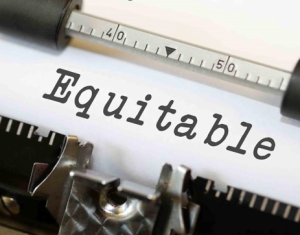
This Photo by Unknown Author is licensed under CC BY-SA
3). Participatory Libraries:
The third concept is Participatory Libraries is to embrace participatory approaches by involving library users and the community in the decision-making process. This can entail seeking input on library services, involving users in program planning, and actively engaging with our community to ensure their voices are heard and their needs are met.
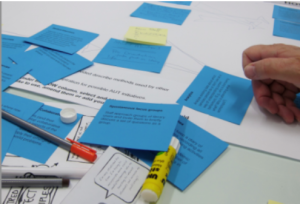 Created by Penny, 2013
Created by Penny, 2013
4). Library as Place:
The fourth concept is information professionals can view the library as more than just a reading book, but also as a communal space that fosters diversity, inclusion, and equity. This can involve creating welcoming physical environments, providing a warm and safe space for a special dialogue with good discussions, and offering programming that reflects the interests and needs of our community.
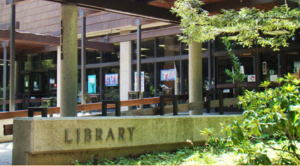
5). Eliminating Fines:
Avoid the fines and penalties that can affect our communities with their access to information. Librarians can advocate for eliminating fines or implementing alternative approaches that promote access and reduce barriers, such as pardon programs, adjusting loan periods, or focusing on education with outreach programs.
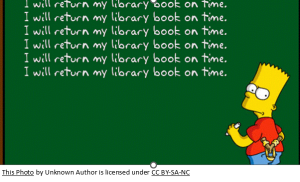
6). Radical Trust:
Librarians can build trust by actively working to establish trustworthy relationships with users and the community. Information professionals are involved with privacy and confidentiality, centering their needs and practices by collaboration and empowerment with online communities, and platforms by organizations to cultivate relationships with online searching that provide feedback and comments for the interest in our communities.
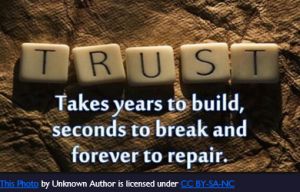
Overall, the six concepts are the practice of information professionals that help create libraries that are truly accessible, inclusive, and respond to their information users, and a sense of belonging to their community.
Cherish the memories of the library filled with knowledge, happiness, and joy.

This Photo by Unknown Author is licensed under CC BY
Dogs love to read too! Serious thinking!

This Photo by Unknown Author is licensed under CC BY-NC-ND
“Oh wow, look at all the books!”
“Kind of an early version of the World Wide Web!”
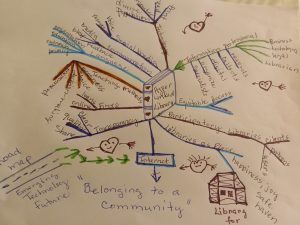
The mind map of the Hyperlinked Library
Buzan, T. (1993). The Mind Map Book:: How to use radiant thinking to maximize your brain’s untapped potential. Google Books. https://books.google.com/books/about/The_Mind_Map_Book.html?id=BKuXQgAACAAJ
Transparency is the word magnifying glass, sincerity, openness, and clarity. Depositphotos. (2024). https://depositphotos.com/photo/transparency-word-magnifying-glass-sincerity-openness-clarity-39072457.html
Penny. (2013, October 23). User experience and participatory design in libraries. Facilitating design: strategy, research & methods to support participation. https://www.smallfire.co.nz/2013/10/23/user-experience-and-participatory-design-in-libraries/
I would like to share my background with you, I am thrilled to highlight my educational achievements. I graduated from San Francisco State University with a Bachelor’s degree in Liberal Studies, with a focus on history and science. This interdisciplinary program allowed me to explore my passion for both subjects and deepen my understanding of their interconnectedness. Additionally, I earned two associate degrees—one in History and another in Liberal Arts with a specialization in Math and Science. These varied academic experiences have equipped me with a well-rounded knowledge base, enhanced critical thinking skills, and nurtured a profound appreciation for pursuing knowledge. I am excited to bring this diverse educational foundation to new challenges and endeavors, combining my love for history and passion for science to make valuable contributions to the world.
“The Hyperlinked Library.” Just like this innovative concept transforms the traditional library into a dynamic, interconnected space, I strive to bring creativity and adaptability to every aspect of my life. My journey as an individual is characterized by a constant thirst for knowledge and a passion for leveraging technology to foster meaningful connections. Just as the hyperlinked library embraces collaboration and new ideas, I believe in the power of collaboration and its limitless possibilities. With a strong foundation in my skills and a genuine enthusiasm for learning, I am excited to embark on new adventures and discover new horizons. Together, let us navigate the vast ocean of knowledge and create our own hyperlinked narrative that weaves together a tapestry of ideas and experiences.
